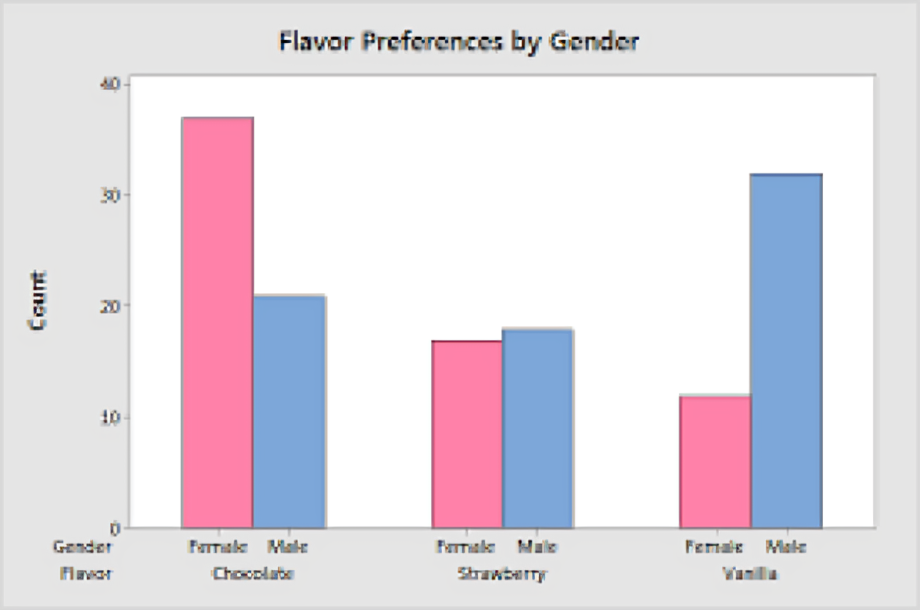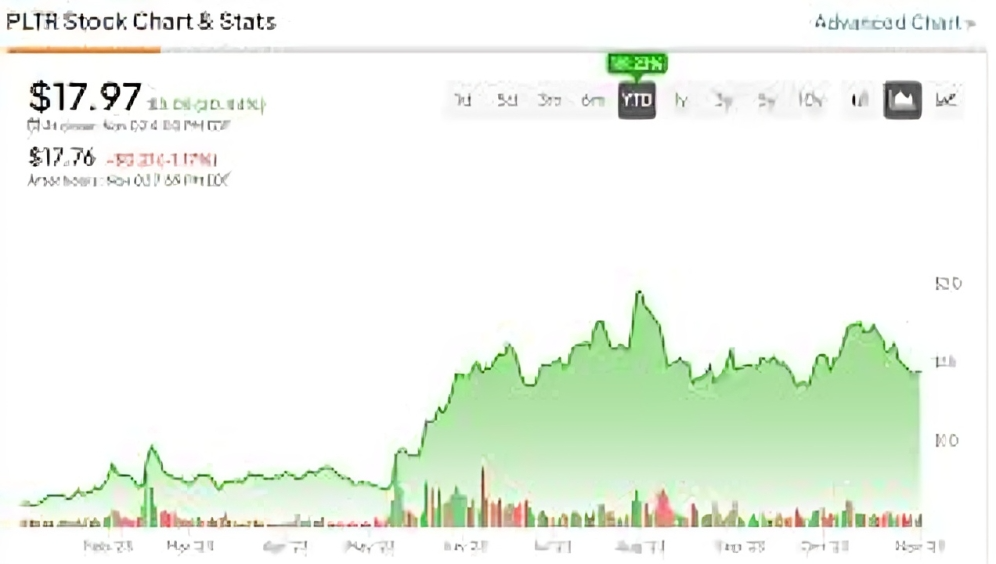UK Inflation is a critical economic indicator that reflects the overall increase in prices and the decrease in purchasing power of a currency. In the UK, UK Inflation has been a topic of significant concern in recent years, especially as the economy navigates post-pandemic recovery, global supply chain disruptions, and geopolitical tensions. This article explores the causes of inflation in the UK, its effects on consumers and businesses, and the current trends shaping the economic landscape.
What is UK Inflation?
UK Inflation is defined as the rate at which the general level of prices for goods and services rises, leading to a decrease in the purchasing power of money. It is usually measured using the Consumer Price Index (CPI) or the Retail Price Index (RPI). A moderate level of inflation is considered normal in a growing economy; however, high UK Inflation can erode purchasing power and create uncertainty in the financial markets.
The Role of the Bank of England
The Bank of England (BoE) plays a pivotal role in managing UK Inflation. It has a target inflation rate of 2%, set as part of its monetary policy objectives. The BoE uses various tools, including interest rate adjustments and quantitative easing, to influence inflation levels. By raising interest rates, the BoE can reduce consumer spending and borrowing, which helps to curb inflation. Conversely, lowering interest rates can stimulate spending and investment, potentially increasing inflation.
Causes of UK Inflation
Understanding the underlying causes of UK Inflation is essential for policymakers and consumers alike. Several factors contribute to inflationary pressures in the UK:
1. Demand-Pull Inflation
Demand-pull UK Inflation occurs when consumer demand for goods and services exceeds supply. This imbalance can lead to increased prices as businesses respond to the heightened demand. Factors such as rising consumer confidence, increased government spending, and low-interest rates can contribute to demand-pull inflation. For instance, post-COVID recovery saw a surge in consumer spending, contributing to rising prices across various sectors.
2. Cost-Push Inflation
Cost-push UK Inflation is driven by rising production costs, which lead to higher prices for consumers. In the UK, several factors have contributed to cost-push inflation, including:
- Supply Chain Disruptions: The COVID-19 pandemic disrupted global supply chains, leading to shortages of raw materials and increased transportation costs. This disruption was further exacerbated by geopolitical tensions, such as Brexit and the Russia-Ukraine conflict, which have impacted trade and supply routes.
- Energy Prices: Fluctuating energy prices, particularly for oil and gas, have significantly impacted production costs in the UK. As energy prices rise, manufacturers may pass these costs onto consumers, resulting in higher prices for goods and services.
- Labor Costs: A tight labor market, characterized by skill shortages and rising wages, can contribute to cost-push inflation. In recent years, many industries in the UK have faced difficulties in hiring and retaining staff, leading to increased labor costs.
3. Monetary Policy and Currency Depreciation
The Bank of England’s monetary policy decisions significantly influence inflation. Expanding the money supply through quantitative easing can lead to UK Inflation if not matched by economic growth. Additionally, a depreciating currency can make imports more expensive, contributing to inflationary pressures. The UK pound has experienced fluctuations in value due to various economic and political factors, impacting import prices.
Effects of Inflation on Consumers and Businesses
UK Inflation affects different sectors of the economy in various ways. Understanding these effects is crucial for both consumers and businesses.
1. Decreased Purchasing Power
As UK Inflation rises, consumers find that their money does not stretch as far as it once did. This decrease in purchasing power means that individuals and families may need to adjust their spending habits, prioritizing essential goods and services over discretionary spending. For example, rising prices for food and fuel can strain household budgets, forcing consumers to make difficult choices.
2. Impact on Savings and Investments
UK Inflation can erode the value of savings held in traditional bank accounts, where interest rates often lag behind inflation rates. This situation encourages consumers to seek alternative investment avenues, such as stocks or real estate, which may offer better protection against inflation. However, the volatility of these markets can pose risks for investors.
3. Business Costs and Pricing Strategies
For businesses, inflation can lead to increased operational costs, affecting profit margins. Companies may face rising costs for raw materials, labor, and transportation, compelling them to increase prices. However, businesses must carefully consider their pricing strategies, as raising prices too quickly can lead to decreased demand and loss of customers.
4. Wage Inflation
As businesses face higher costs, they may need to raise wages to attract and retain talent. Wage inflation can create a cycle where increased wages lead to higher costs for businesses, further driving inflation. This dynamic can be particularly challenging for small and medium-sized enterprises that may have less flexibility in adjusting their prices and wages.
Current Trends in UK Inflation
As of late 2023 and early 2024, UK Inflation has shown signs of volatility, driven by various domestic and international factors. Here are some current trends to watch:
1. Inflation Rates
Recent data from the Office for National Statistics (ONS) indicated that the UK inflation rate has fluctuated, with CPI hovering around 6-7% at various points in 2023. This level of inflation is significantly above the Bank of England’s target of 2%. The ongoing effects of the pandemic, coupled with supply chain issues and geopolitical tensions, have kept inflation rates elevated.
2. Monetary Policy Adjustments
In response to rising inflation, the Bank of England has adjusted its monetary policy stance. Interest rates have been increased several times to mitigate inflationary pressures, which can have a cascading effect on borrowing costs for consumers and businesses. These adjustments aim to stabilize the economy while avoiding a recession.
3. Energy Prices and Sustainability
The energy crisis, exacerbated by the conflict in Ukraine and global supply chain challenges, continues to impact inflation in the UK. However, there is also a growing emphasis on sustainability and renewable energy sources. The transition to greener energy could influence long-term inflation trends as the economy adapts to changing energy dynamics.
4. Consumer Sentiment and Spending Patterns
Consumer sentiment has been affected by inflation, with many individuals expressing concerns about rising costs. This sentiment influences spending patterns, leading to shifts in demand for various products and services. Businesses that adapt to changing consumer preferences may find opportunities for growth, while those that do not may face challenges in retaining customers.
Conclusion
UK Inflation is a multifaceted issue influenced by various economic factors, including demand-pull and cost-push dynamics, monetary policy decisions, and external pressures. Understanding the causes and effects of inflation is essential for consumers, businesses, and policymakers as they navigate the complexities of the economic landscape.
As UK Inflation continues to fluctuate, staying informed about current trends and potential future developments will be crucial for making informed financial decisions. Whether it’s adjusting spending habits, re-evaluating savings strategies, or adapting business models, the impact of inflation is felt across all sectors of the economy. By proactively addressing these challenges, stakeholders can better position themselves for the future in an ever-changing economic environment.




